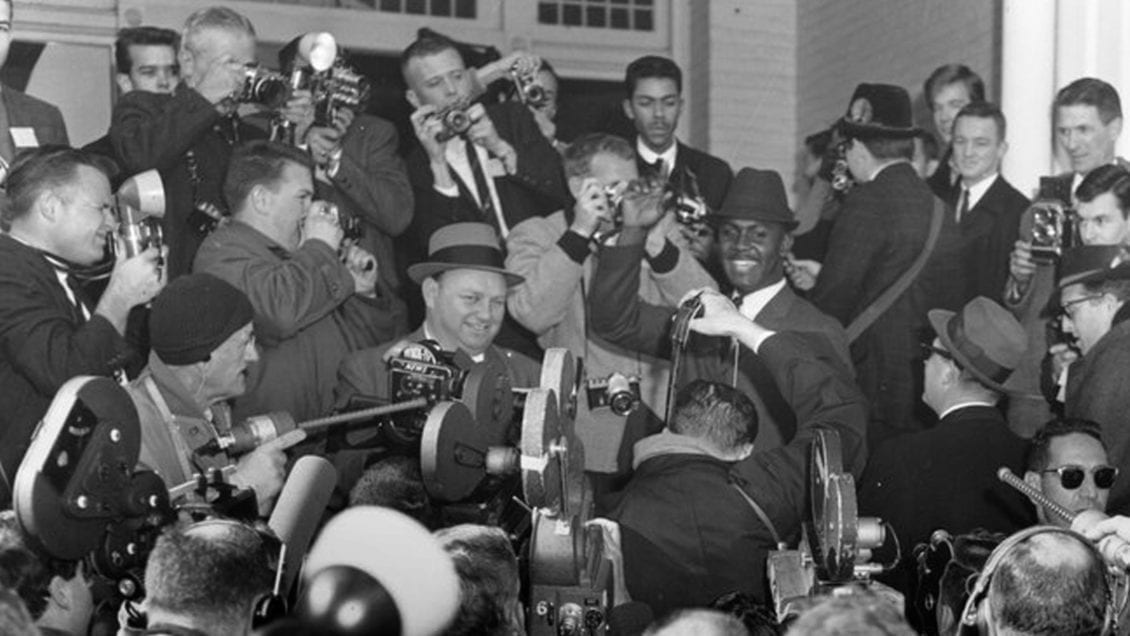A marquee program in the Clemson University College of Education is partnering with a noted South Carolina museum to preserve and share materials related to the civil rights era in the state.
Call Me MISTER®, a program that works to increase the pool of available teachers from more diverse backgrounds, is collaborating on this effort with the Cecil Williams South Carolina Civil Rights Museum in Orangeburg, the only museum of its kind in the state. Both organizations will collect and preserve archival material and research related to the civil rights era while developing instructional materials and applying new technology to disseminate lessons learned from decades of history documented in the museum.
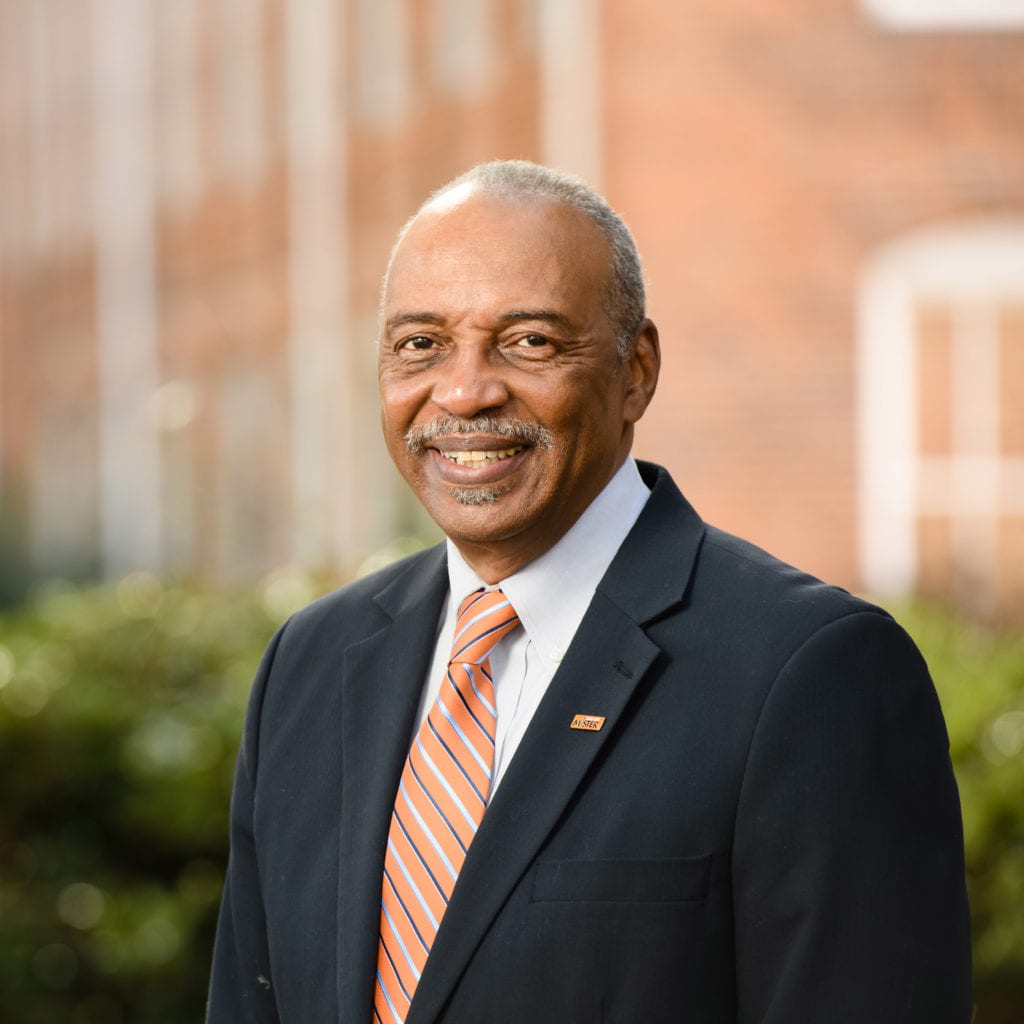
Roy Jones, executive director of the Call Me MISTER program, said this partnership has already produced extensive interviews with people or the descendants of those directly involved in the civil rights movement of the 1940s, 1950s and 1960s. He said that in order for future generations of teachers in the Call Me MISTER program—and South Carolinians in general—to understand and learn from history, great effort should be put into preserving it.
“The clock is ticking; none of us are getting any younger,” Jones said. “Context and history are important for everyone in this state, but especially for those who are preparing to shape the minds of future generations. We must document and preserve all that we can from this time in order to honor the past and push the lessons learned forward into the future.”
The three primary players in this effort are the Call Me MISTER program, the Cecil Williams South Carolina Civil Rights Museum, and Clemson University Libraries, which will preserve collections and make them available online. Clemson Libraries will also develop an online searchable database of the historical resources related to the South Carolina civil rights movement and host all instructional materials.
According to Jones, Call Me MISTER will help develop instructional materials and offer professional development summer sessions for educators interested in delivering instruction across a variety of focus areas. The museum will share its physical location in Orangeburg with Clemson for presentations, workshops and seminars and participate in any mutually beneficial grant opportunities with MISTER.
The museum is operated and curated by Cecil J. Williams, an award-winning photographer best known for his photography documenting the civil rights movement in South Carolina. The 3,500-square-foot museum opened in 2019 and is located in a building Williams designed after being denied admission to a then-segregated Clemson University, where he wanted to study architecture.
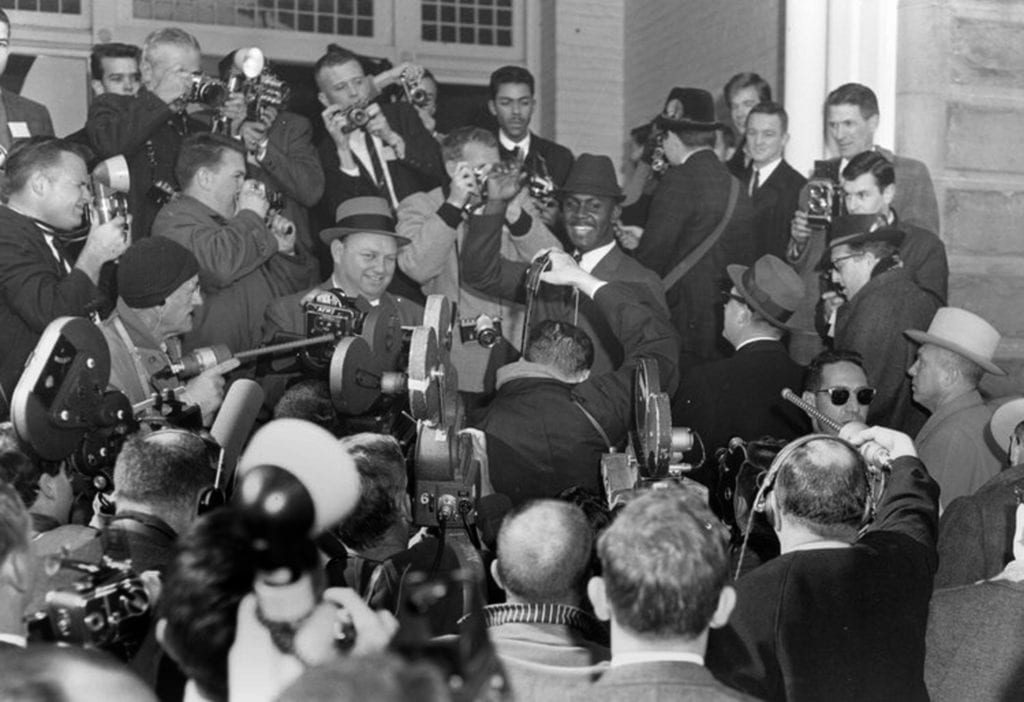
Williams was one of the many journalists on hand to document Harvey Gantt’s arrival as the first Black student admitted to Clemson University in 1963. Williams said the strides that Clemson has made over the following decades in putting inclusion and equity front and center in its mission make it a natural choice as a partner in preserving the history he has spent over half a century documenting and collecting.
“The outreach and programs that Clemson brings to South Carolina make our state shine nationally,” Williams said. “I was there when Clemson achieved peaceful integration with dignity, which contrasted with much of the violence that occurred in other places. That speaks to Clemson, its leadership at the time and their entire philosophy, and I can see that this philosophy hasn’t changed since then.”
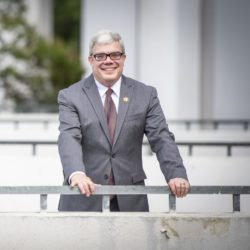
Christopher Cox, dean of Clemson University Libraries, said the project aligns with everything the library is currently doing and aspires to do in terms of collecting, archiving and recording history. But more importantly, Cox said the materials won’t simply gather dust on a shelf or a hard drive, and Jones and Williams’ clear plan on how to use the materials in the future was what ultimately appealed to him about the project.
“They have a clear sense of how to use this material in a K-12 setting so that students can use it and learn about the state’s history, and we see our archives ultimately as teaching materials,” Cox said. “We’ve made it a priority to start building collections around the Black experience at Clemson and in our state, so to have Dr. Jones and Mr. Williams on the frontline reaching out to these prominent individuals makes all the difference in just how much we can collect and preserve.”
Cox said the oral histories that the Call Me MISTER program and the museum are collecting as well as the physical objects on hand are easily digitized and documented, but aging computers and video files donated to the project in various formats present more challenges for archivists. Ensuring that the formats are transferred into files that will be readable in the future is always a challenge in this type of work, according to Cox, but one the libraries is addressing with its archives program.
Much of the materials documented by Williams and the oral histories collected by Call Me MISTER relate to the South Carolinians from Summerton in Clarendon County who petitioned for desegregation in the Briggs v. Elliott case, which was one of the five cases on the docket with the landmark Supreme Court case Brown v. the Board of Education.
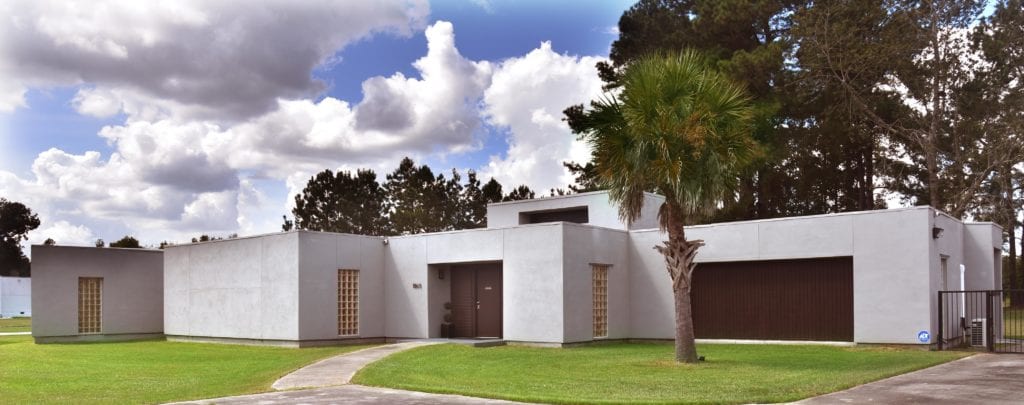
The Briggs case was the first time that a group of American citizens had petitioned a U.S. federal court to abolish segregation in public schools with the claim that it violated the equal protection clause of the 14th Amendment. Although the Briggs case was filed before the Brown case, the Supreme Court made a strategic decision to move the Brown case up in the docket.
According to Jones, the move was viewed as a way to shift the focus of the school desegregation fight away from South Carolina to avoid potential bias and a volatile anti-integration atmosphere. Williams said that this fact has often obscured the state’s pivotal role in the civil rights movement, something he hopes the project will rectify for South Carolinians and the nation over time.
“Our state played a major role—some would say was the catalyst—for the civil rights movement,” Williams said. “Events in this state changed America forever; I saw it happening and just felt called at the time to document and save as much as I could. Creating a museum was something I wanted to do decades ago, and partnering with others to preserve these materials has always been a key part of creating that physical space and making sure the information in it goes beyond one area of the state.”
Get in touch and we will connect you with the author or another expert.
Or email us at news@clemson.edu

